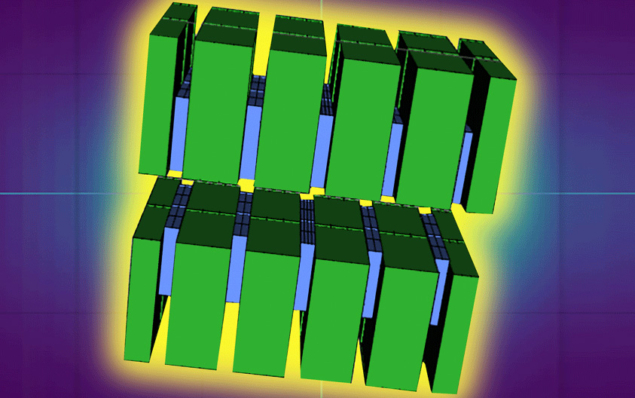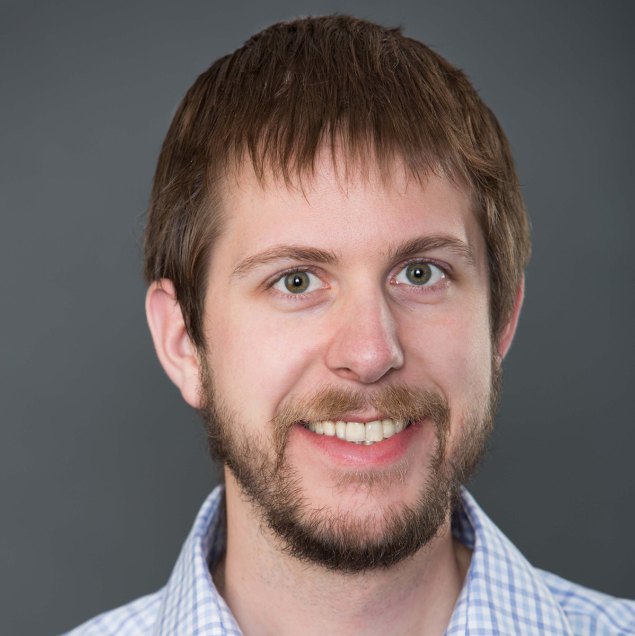The R&D consultancy RadiaSoft helps its research and industry customers tackle complex design, simulation and optimisation problems in accelerator science and engineering

“Robust software solutions that deliver step-function advances in accelerator design, engineering and research productivity.” Writ large, that’s the unifying goal shaping the day-to-day work of physicists and software engineers at RadiaSoft, a Boulder, Colorado-based company that specialises in the provision of high-level research, design and scientific consulting services in beamline physics, accelerator science and associated machine-learning technologies. Theirs is a wide-ranging remit that spans electron linacs, free-electron lasers (FELs), synchrotron radiation generated in electron rings, high-intensity proton synchrotrons and accumulator rings, with the RadiaSoft team bringing creativity and novel solutions to the design and simulation of high-power particle beams and directed radiation.
Founded in 2013, RadiaSoft has spent the past decade establishing a heavyweight customer base with organisations large and small. Customers include US Department of Energy (DOE) national laboratories (among them Fermilab, Brookhaven National Laboratory and SLAC National Accelerator Laboratory); academic research centres (at institutions such as UCLA and Texas A&M University); as well as industry partners like Best Medical, Modern Hydrogen and Radiabeam.
“As an R&D company, we work across an expansive canvas encompassing accelerator physics, enabling platform technologies and engineering for multi-stage accelerator facilities,” Jonathan Edelen, an accelerator physicist and president of RadiaSoft, told CERN Courier. “We work collaboratively with our scientific customers – often funded under the US government’s Small Business Innovation Research (SBIR) programme – and help them tackle physics and engineering problems that they don’t have the expertise or time to solve on their own.”
According to Edelen, the secret of RadiaSoft’s success lies in combining “broad and deep technical domain knowledge” with a wealth of prior project experience at large-scale accelerator facilities plus the development of customised solutions for smaller operations. “That collective know-how,” he said, “allows us to tackle all manner of design and optimisation problems in accelerator science. We work on projects ranging from fundamental studies of esoteric beam dynamics to the simulation and design of RF control systems to the development of machine-learning algorithms for accelerator controls.”
Software innovation
All of this core expertise in accelerator physics and engineering doesn’t stand alone in the RadiaSoft corporate portfolio. Underpinning the consultancy’s value proposition is a software development team that majors on the realisation of intuitive, powerful graphical user interfaces for open-source, high-performance simulation codes. This same team – which aggregates many years of experience working with all sorts of simulation packages for accelerator physics and subsystems – is the driving force behind RadiaSoft’s flagship product Sirepo.
Sirepo is a browser-based, computer-aided engineering (CAE) gateway with graphical user interface. The platform supports over a dozen community-developed particle-accelerator simulation codes, a specialised machine-learning application, a controls-modelling application and a private JupyterHub instance. Users can build simulations with drag-and-drop inputs, collaborate in real-time with shareable URLs, or download their simulations to work from the command line.

“Sirepo makes it easier for users to learn and run these simulation codes, many of which can be difficult to work with,” explained Edelen. “Equally important, RadiaSoft handles all of the dependency packaging, installation and versioning of the codes within Sirepo, while our cloud-based computing architecture allows users to share their simulations by simply sending a URL to colleagues.”
At a granular level, Sirepo aggregates a portfolio of codes to facilitate the modelling of beam dynamics for a range of particle acceleration schemes. Users can employ elegant, for example, to study varied configurations such as linacs and rings, while OPAL can model electron guns, beamlines and linacs with space charge, wake fields and coherent synchrotron radiation. Meanwhile, MAD-X is used for large-scale lattice design, with options for optimisation and export for use in other tracking codes within Sirepo. Users can also delve into time-dependent, 3D modelling for FELs, with Genesis offering simulation for single-pass FELs and extensions to cover oscillators or multi-stage set-ups. Sirepo’s interoperability means that the user can easily coordinate these codes for an end-to-end simulation of the beamline.
Other dedicated applications within Sirepo act as a repository for more specific simulation software for use-cases with magnets, X-ray beamlines, control systems, plasmas, neutronics and machine learning. “The codes within Sirepo are used in the design and optimisation of accelerator facilities worldwide,” noted Edelen, “and are relevant through the full life-cycle of an accelerator – from new-build through commissioning, acceptance and regular operations.”
Next up in the evolution of the RadiaSoft simulation environment is Sirepo Omega. Due to go live over the summer, this unified workflow manager will enable scientific users to create series simulations within the Sirepo “sandbox” – the outputs from one simulation automatically flowing along the simulation chain to generate a final result (with users, if they wish, able to probe individual simulations on a localised basis throughout the workflow).
“Sirepo Omega is all about convergence, automation and enhanced workflow efficiency,” said Edelen. For example, all coordinate transformations between different simulations are handled automatically by Sirepo Omega, while users can track particles automatically through all the sub-simulations. “The user will also get plots and summarised outputs in one convenient location, so there’s no need to go digging into each application to retrieve the results,” Edelen added.
Optimisation is better by design
Another foundational building block of the RadiaSoft service offering is rsopt, a Python framework for testing and running black-box optimisation problems in accelerator science and engineering. As such, the rsopt library and workflow manager give scientists a high degree of modularity when it comes to the choice of optimisation algorithms and code execution methods (including easy-to-use functionality for logging and saving results). Integration with Sirepo also enables templating for a number of codes related to particle accelerator simulation, making it straightforward to parse existing input files and use them without any additional modification.
“As well as ease-of-use and maintainability, rsopt combines a lot of powerful utilities for typical accelerator optimisation problems,” explained Chris Hall, senior scientist at RadiaSoft. A case study in this regard might be an accelerator code representing the design for an FEL – a common requirement being to minimise the bunch length or maximise the peak current while minimising emittance growth.

A recent RadiaSoft collaboration involved the use of the rsopt library for the simulation and training of a non-destructive beam diagnostic capable of characterising the transverse and longitudinal profiles of ultrashort, high-brightness electron beams in FELs and next-generation colliders. “One of the attractions of rsopt,” added Hall, “is the ability to carry out various samplings to generate data for machine-learning models or to get a better understanding of your problem space.”
What’s more, interoperability is hard-wired into rsopt to enable platform-independent execution and scaling to massively parallel systems. “This means users can easily move their code execution between computational environments and utilise algorithms from multiple libraries without having to refactor their own code,” noted Hall.
The future’s bright for RadiaSoft. Having established a sustainable R&D business model in North America over the past 10 years, international expansion is the next step on the group’s commercial roadmap. “Watch this space,” Edelen concluded. “The task for us right now is finding the right path to grow our R&D activity by collaborating with scientists and engineers at large-scale accelerator facilities in Europe.”
- For more information about Sirepo, sign up on CERN Courier for the RadiaSoft webinar End-to-end simulation of particle accelerators using Sirepo (19 July).









